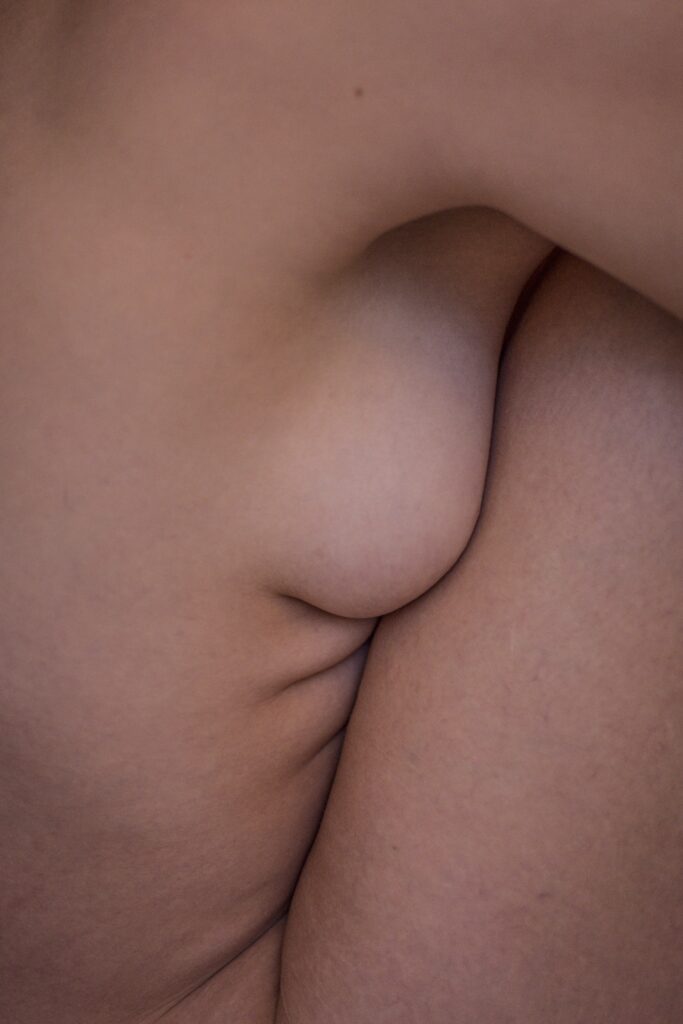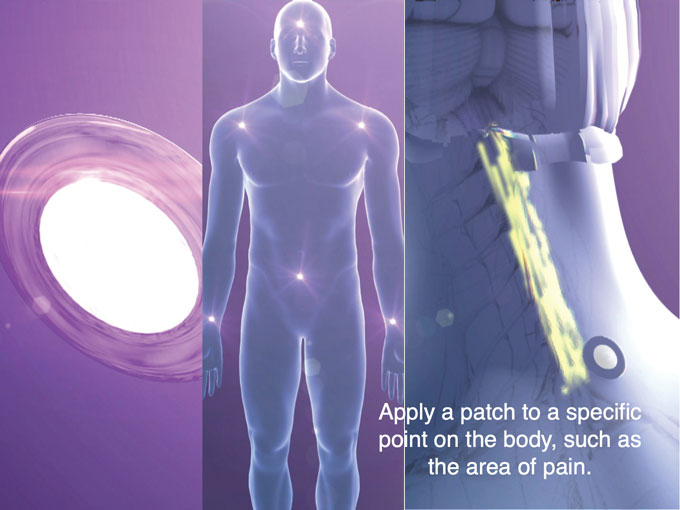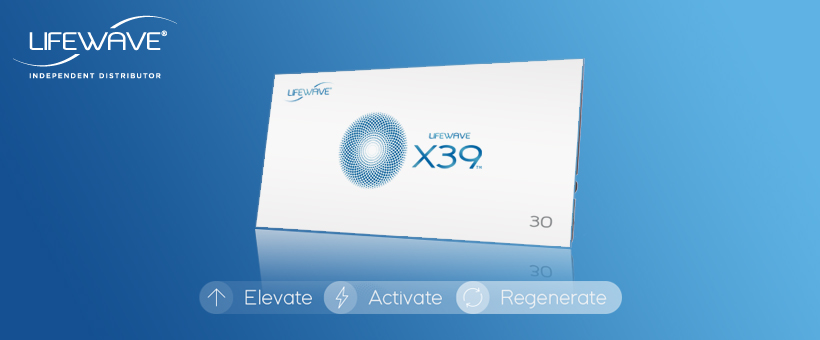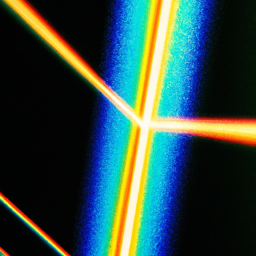If you’re struggling with skin conditions like psoriasis or eczema, you’re not alone. These conditions can be frustrating and debilitating, affecting your self-confidence and overall quality of life. However, there is a ray of hope in the form of phototherapy. By harnessing the power of light, phototherapy has shown promising results in effectively treating various skin conditions. In this article, you’ll discover how phototherapy works, its benefits, and how it can help you unlock healthier and happier skin.

What is Phototherapy?
Phototherapy is a medical treatment that uses light to manage various skin conditions. It involves exposing the affected area of the skin to specific wavelengths of light, which can help alleviate symptoms and promote healing. This non-invasive procedure has been widely used for decades and has proven to be effective in treating a range of skin conditions.
Definition
Phototherapy, also known as light therapy, is a treatment method that utilizes light to treat skin disorders. It involves exposing the affected skin to a specific type of light, such as ultraviolet (UV) rays or visible light, for a predetermined amount of time. The light can be emitted from specialized devices like lamps or lasers, depending on the specific condition being targeted.
Types of Phototherapy
There are several types of phototherapy that are commonly used to treat various skin conditions:
-
Narrowband UVB: This type of phototherapy uses a specific narrow range of UVB light that is most effective in treating conditions like psoriasis, eczema, and vitiligo.
-
PUVA Therapy: PUVA therapy combines UVA light exposure with a medication called psoralen, which can sensitize the skin to the effects of the light. It is mainly used for psoriasis, vitiligo, and some forms of dermatitis.
-
Excimer Laser: This targeted phototherapy uses a laser to deliver a high-intensity beam of UVB light to small affected areas of the skin, such as in vitiligo or psoriasis.
-
Blue Light Therapy: Blue light therapy utilizes a specific wavelength of blue light to target and kill the bacteria responsible for acne breakouts.
-
Red Light Therapy: Red light therapy involves using a specific wavelength of red light to stimulate collagen production, reduce inflammation, and promote healing.
Each type of phototherapy serves a specific purpose and is chosen based on the individual’s skin condition and its severity.
How does Phototherapy work?
Phototherapy works by exposing the skin to specific wavelengths of light, which can penetrate deep into the skin layers and affect various cells and processes. Depending on the type of phototherapy used, the mechanisms of action may vary.
In the case of narrowband UVB and PUVA therapy, the light exposure can help slow down the rapid growth of skin cells in conditions like psoriasis and eczema. This helps reduce inflammation, redness, and itching associated with these conditions.
Excimer laser therapy delivers a targeted dose of UVB light, which stimulates the production of melanocytes in vitiligo-affected areas, leading to repigmentation of the skin.
For acne treatment, blue light therapy can kill the bacteria responsible for acne breakouts by targeting the porphyrins within the bacteria. Red light therapy, on the other hand, stimulates collagen production and promotes overall skin healing.
Benefits of Phototherapy for Skin Conditions
Phototherapy offers several benefits for individuals with various skin conditions. Some of the main advantages include:
-
Effective Treatment: Phototherapy has been proven to be highly effective in treating a range of skin conditions, including psoriasis, eczema, vitiligo, acne, and dermatitis. It can significantly reduce symptoms and improve the overall appearance of the skin.
-
Non-Invasive: Unlike many other treatment options, phototherapy is non-invasive, meaning it doesn’t require surgical procedures or the use of medications with potential side effects.
-
Well-Tolerated: Phototherapy is generally well-tolerated by most individuals, with minimal discomfort or pain during the treatment sessions. It is a safe option for long-term use under the guidance of a healthcare professional.
-
Versatility: There are different types of phototherapy available, allowing for customized treatment plans depending on the specific skin condition and its severity. This versatility makes it suitable for a wide range of individuals.
-
Improves Quality of Life: Skin conditions can have a significant impact on an individual’s quality of life, causing physical discomfort, emotional distress, and social stigma. Phototherapy can help alleviate symptoms, improve skin appearance, and boost self-confidence.
By harnessing the power of light, phototherapy offers a promising solution for individuals seeking relief from the burden of various skin conditions.
Common Skin Conditions Treated with Phototherapy
Phototherapy has shown remarkable success in the treatment of several common skin conditions. Here are some conditions that can benefit from this therapy:
Psoriasis
Psoriasis is a chronic autoimmune condition that affects the skin, causing red, scaly patches to develop. Phototherapy, particularly narrowband UVB and PUVA therapy, has been proven highly effective in managing psoriasis symptoms by inhibiting the rapid growth of skin cells and reducing inflammation.
Eczema
Eczema, also known as atopic dermatitis, is a common skin condition characterized by dry, itchy, and inflamed skin. Phototherapy, especially narrowband UVB, can help alleviate eczema symptoms by reducing itching, inflammation, and promoting a healthier skin barrier.
Vitiligo
Vitiligo is a condition that causes patches of depigmented skin due to the loss of melanocytes. Phototherapy, particularly excimer laser therapy, can stimulate the repigmentation of the affected areas by targeting specific wavelengths of UVB light to stimulate melanocyte production.
Acne
Acne is a common skin condition characterized by pimples, blackheads, and whiteheads. Blue light therapy has been shown to be effective in killing the bacteria responsible for acne breakouts and reducing inflammation, leading to improved skin clarity.
Dermatitis
Dermatitis refers to the inflammation of the skin, which can be caused by various factors such as allergies or irritants. Phototherapy, such as narrowband UVB and PUVA therapy, can help reduce inflammation and itching associated with dermatitis, promoting healing and symptom relief.
Effectiveness of Phototherapy for Different Skin Conditions
Phototherapy has been extensively studied and researched for its effectiveness in treating various skin conditions. Multiple clinical trials and studies have shown promising results, demonstrating its efficacy in managing these conditions.
Studies and Research
Numerous clinical studies have been conducted to evaluate the effectiveness of phototherapy for different skin conditions. For example, a study published in the Journal of the American Academy of Dermatology found that narrowband UVB phototherapy was highly effective in treating moderate to severe psoriasis, with a significant improvement in symptoms observed in the majority of patients.
Success Rates
The success rates of phototherapy vary depending on the specific skin condition being treated. In the case of psoriasis, research has shown that approximately 75-90% of patients experience improvement in their symptoms after undergoing phototherapy treatment. Similar success rates have been reported for other conditions, such as eczema and vitiligo.
Long-term Effects
Phototherapy has also shown positive long-term effects for many individuals with chronic skin conditions. In a long-term study published in the journal Dermatologic Clinics, researchers found that patients with psoriasis who underwent long-term narrowband UVB phototherapy experienced significant improvement in their symptoms and maintained those improvements over a five-year follow-up period.
Comparison with Other Treatments
When compared to other treatment options, phototherapy has demonstrated comparable or superior effectiveness for many skin conditions with fewer side effects. For instance, a study published in the journal Clinical and Experimental Dermatology found that phototherapy was as effective as oral medications for treating vitiligo, but with a lower risk of adverse effects.
Different Types of Phototherapy
Phototherapy encompasses various treatment modalities, each with its specific characteristics and uses. Understanding the different types of phototherapy can help healthcare professionals and individuals make informed decisions regarding treatment options. Here are some of the commonly used types of phototherapy:
Narrowband UVB
Narrowband UVB phototherapy involves exposing the skin to a specific wavelength of UVB light, ranging between 311-313 nanometers. This type of phototherapy is known for its high effectiveness in treating psoriasis, eczema, and vitiligo. It is often preferred over broader UVB and PUVA therapy due to its reduced risk of side effects.
PUVA Therapy
PUVA therapy combines UVA light exposure with the ingestion or application of a medication called psoralen. Psoralen makes the skin more sensitive to UVA light, enhancing its therapeutic effects. PUVA therapy is commonly used to treat psoriasis, vitiligo, and certain forms of dermatitis.
Excimer Laser
Excimer laser therapy uses a high-intensity beam of UVB light to target specific areas of the skin affected by conditions like vitiligo and psoriasis. This targeted approach allows for precise treatment of affected areas while minimizing exposure to healthy skin.
Blue Light Therapy
Blue light therapy utilizes a specific wavelength of blue light, typically ranging from 415-450 nanometers, to target and eliminate the bacteria responsible for acne breakouts. It is a non-invasive treatment option that reduces inflammation and improves the appearance of acne-prone skin.
Red Light Therapy
Red light therapy employs a specific wavelength of red light, typically in the range of 620-700 nanometers, to stimulate collagen production, reduce inflammation, and promote overall skin healing. It is commonly used to improve skin texture, reduce wrinkles, and accelerate wound healing.

Preparation and Procedure
Before undergoing phototherapy, it is crucial to consult with a healthcare professional experienced in the field. The preparation and procedure for phototherapy typically involve several steps to ensure the safety and effectiveness of the treatment.
Initial Consultation
During the initial consultation, a healthcare professional will assess the specific skin condition, medical history, and any contraindications for phototherapy. They will explain the procedure, potential benefits, and risks associated with the treatment.
Skin Evaluation
A thorough evaluation of the skin will be conducted to determine the severity and extent of the condition. This evaluation helps in designing a personalized treatment plan for optimal results.
Treatment Plan
Based on the assessment and evaluation, a customized treatment plan will be developed. This plan will include the appropriate type of phototherapy, the duration and frequency of sessions, and any additional precautions or medications if necessary.
Protective Measures
During phototherapy sessions, protective measures are essential to minimize any potential side effects or risks. These measures may include wearing protective eyewear to shield the eyes from UV light, covering unaffected skin areas with clothing or sunscreen, and applying emollients or moisturizers to maintain skin hydration.
Side Effects of Phototherapy
While phototherapy is generally safe and well-tolerated, there are some potential side effects that individuals should be aware of:
Short-term Side Effects
Short-term side effects of phototherapy may include redness, mild burning, itching, or dryness of the treated skin. These side effects are usually temporary and resolve on their own within a few hours or days.
Long-term Side Effects
Long-term side effects of phototherapy are rare but may include premature aging of the skin, increased risk of skin cancer, and skin discoloration. However, the benefits of phototherapy often outweigh the risks, especially when performed under the supervision of a healthcare professional.
Risks and Precautions
Some individuals may be at higher risk of experiencing side effects or complications from phototherapy. These include individuals with a history of skin cancer, photosensitivity disorders, or certain medications that make the skin more susceptible to light damage. It is crucial to discuss such risks with a healthcare professional before starting phototherapy.
Managing Side Effects
To minimize side effects, it is essential to follow the prescribed treatment plan and protective measures recommended by a healthcare professional. Moisturizing the skin regularly, avoiding direct sunlight, and reporting any concerning symptoms to the healthcare provider can help manage and alleviate potential side effects.

Choosing the Right Phototherapy Clinic
When considering phototherapy, choosing the right clinic and healthcare professional is crucial for successful treatment. Here are some factors to consider when selecting a phototherapy clinic:
Accreditation and Certification
Ensure that the clinic and the healthcare professionals providing phototherapy are accredited and certified by recognized organizations. This helps ensure the highest standards of quality and safety.
Experience and Expertise
Look for a clinic with healthcare professionals who specialize in phototherapy and have extensive experience in treating various skin conditions. An experienced provider can better assess your specific needs and develop an effective treatment plan.
Patient Reviews and Testimonials
Reading patient reviews and testimonials can help gauge the quality of care provided by a phototherapy clinic. Positive feedback and success stories from other patients can provide reassurance and confidence in the clinic’s services.
Cost and Insurance Coverage
Consider the cost of phototherapy and whether it aligns with your budget. Additionally, check if the treatment is covered by your insurance plan. Many insurance providers cover at least a portion of the cost for medically necessary phototherapy treatments.
Choosing the right phototherapy clinic is essential to ensure safe and effective treatment, as well as a positive overall experience.
Phototherapy at Home
In some cases, individuals may opt for phototherapy at home instead of visiting a clinic. Home phototherapy devices are available for purchase, allowing individuals to administer treatment in the comfort of their own homes. However, there are important factors to consider before pursuing home phototherapy:
Home Phototherapy Devices
Home phototherapy devices vary in terms of the type of light used, intensity, and safety features. It is crucial to consult with a healthcare professional before purchasing a home phototherapy device to ensure its suitability for your specific skin condition and safety requirements.
Safety Guidelines
When using home phototherapy devices, it is essential to adhere to safety guidelines provided by the manufacturer and healthcare professional. These guidelines may include recommended exposure times, protective measures, and maintenance instructions.
Effectiveness and Limitations
While home phototherapy can be a convenient option for individuals with certain skin conditions, it may not be suitable for everyone. It is essential to discuss the potential benefits and limitations of home phototherapy with a healthcare professional to make an informed decision.
Conclusion
Phototherapy has emerged as a highly effective and versatile treatment option for various skin conditions. With its ability to alleviate symptoms, promote healing, and improve the overall appearance of the skin, phototherapy offers hope and relief to individuals struggling with psoriasis, eczema, vitiligo, acne, and dermatitis.
Through carefully selected wavelengths of light, phototherapy targets the underlying causes of these conditions, providing long-term benefits and improving the quality of life for many individuals. With ongoing research and advancements in the field, phototherapy continues to evolve, promising even more effective and personalized treatment options in the future.
By choosing the right phototherapy clinic, following appropriate safety measures, and consulting with experienced healthcare professionals, individuals can unlock the true potential of phototherapy and enjoy the transformative benefits it offers for their skin.





